The best carbon fiber tripods: get solid support for your camera while easing the load for the journey
More than just a touch of luxury, carbon fiber enables tripods to be sturdy and resistant to vibration, while shedding around 25% in terms of carrying weight
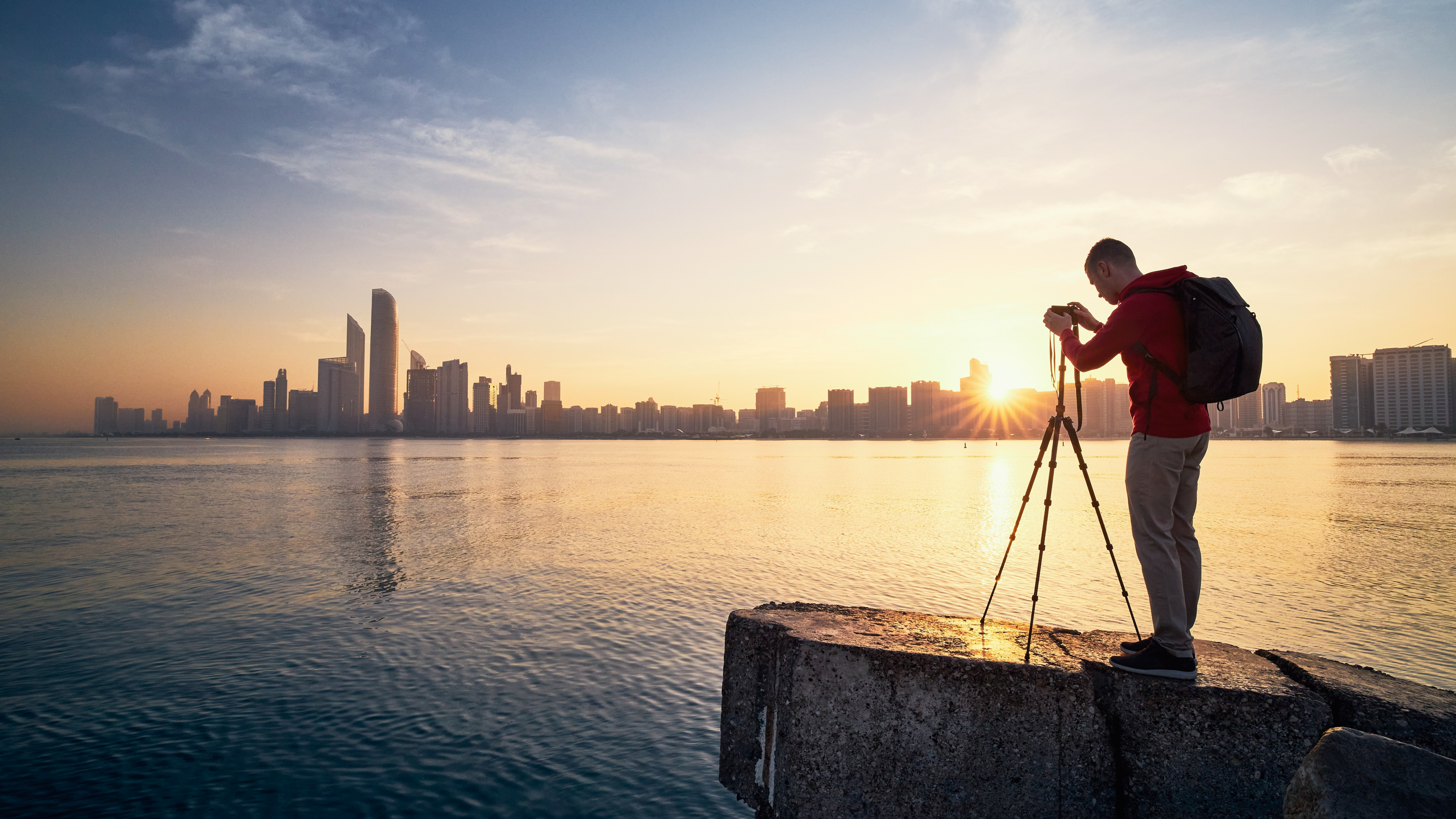
Something of a wonder material, carbon fiber is used extensively in the construction of racecars and other high-performance vehicles, as well as in most of the best tripods you can buy. Carbon fiber tripods are both stronger and lighter than their aluminum counterparts, which is useful for pretty much any genre of shooting. But ‘better’ usually equates to ‘more expensive’ and carbon tripods are certainly no exception.
Although renowned for being pricey, carbon fiber tripods don’t have to be prohibitively expensive. Many major manufacturers offer carbon options of their tripods that are fairly budget-friendly. Check out some of the big names in the business like Manfrotto, 3 Legged Thing, Benro and Vanguard, and you’ll see a number of carbon fiber tripods that offer premium quality at very good value for money.
So how do you choose? Different carbon fiber tripods offer different features – some can carry more weight than others, while others have clever extra options like the ability to convert to a monopod, or a reversible central column that makes it easy to shoot close-ups down at ground level. It's worth shopping around to find a tripod with all of the features you need, and that you’re not paying for a whole bunch of extras that you’re never going to use. Let’s take a closer look at some of the best options on the market right now.

Matthew Richards is a photographer and journalist who has spent years using and reviewing all manner of photo gear. He is an encyclopedia when it comes to all manner of cameras, camera holsters and bags, flashguns, tripods and heads, printers, papers, and inks, and just about anything imaging-related.
The Quick List
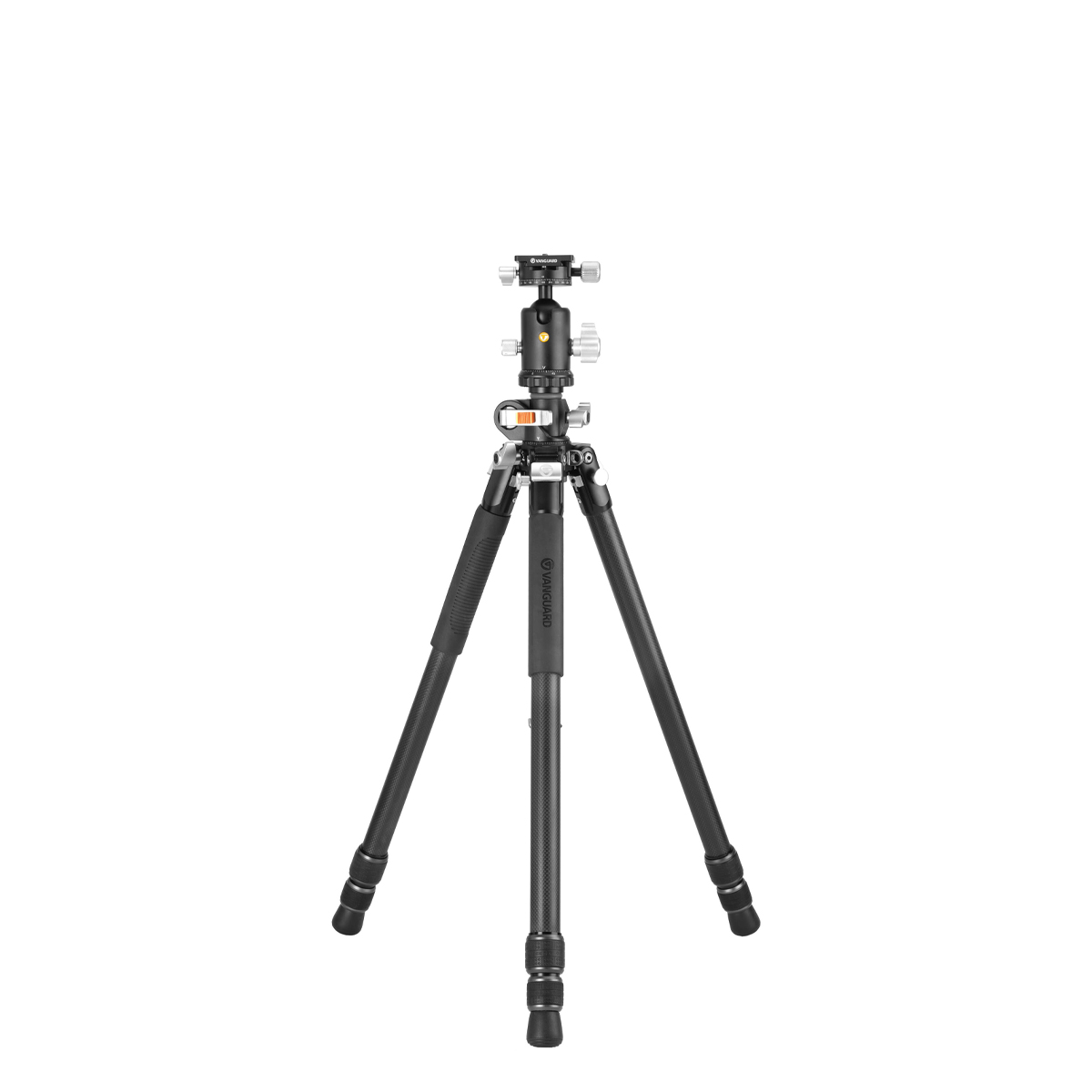
Strong and sturdy, this is a tripod that’s easy to set up and use, and is ready for just about any type of shooting requirement.
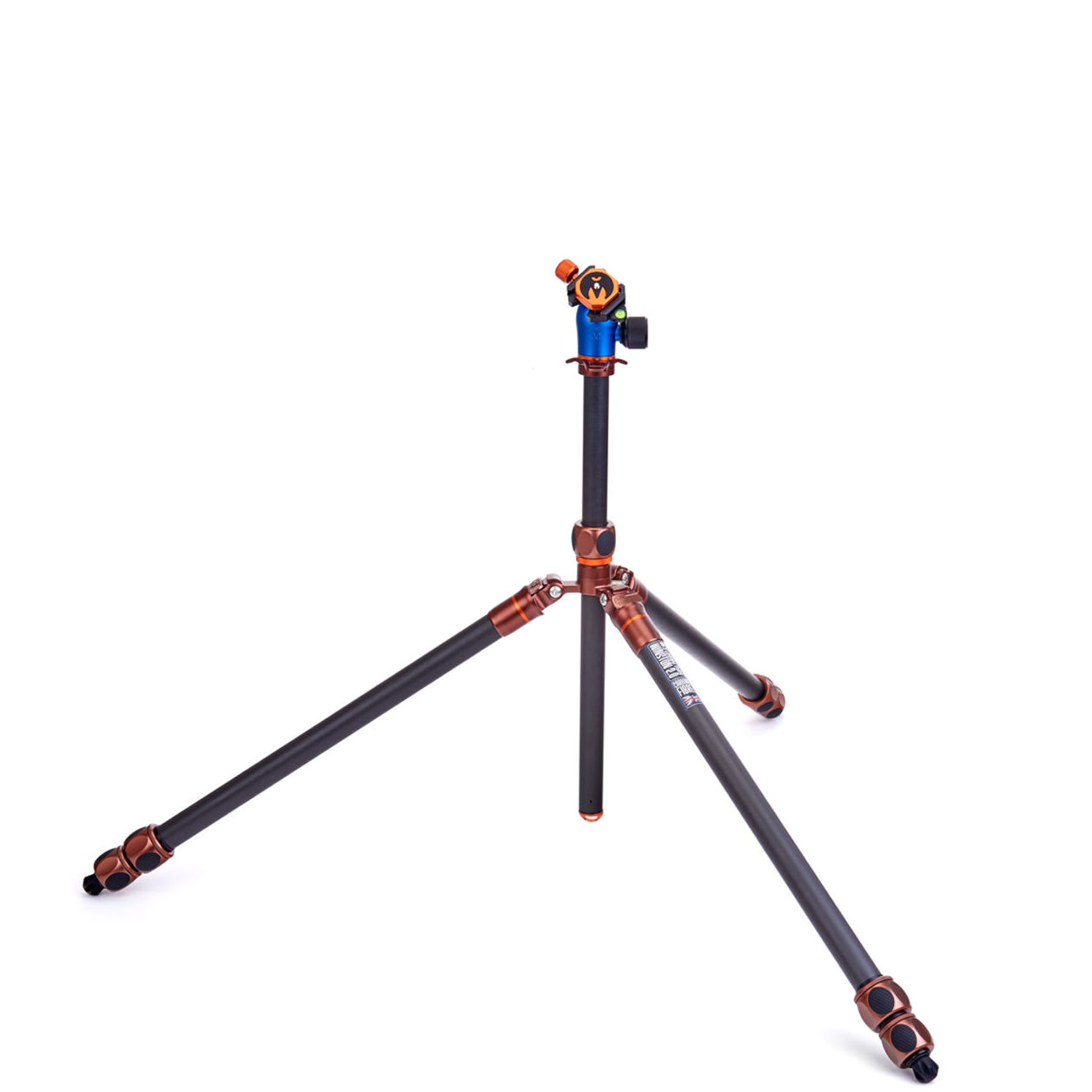
A great multi-purpose tripod kit in its own right, there’s a wealth of optional extras that add to its multi-tasking abilities.
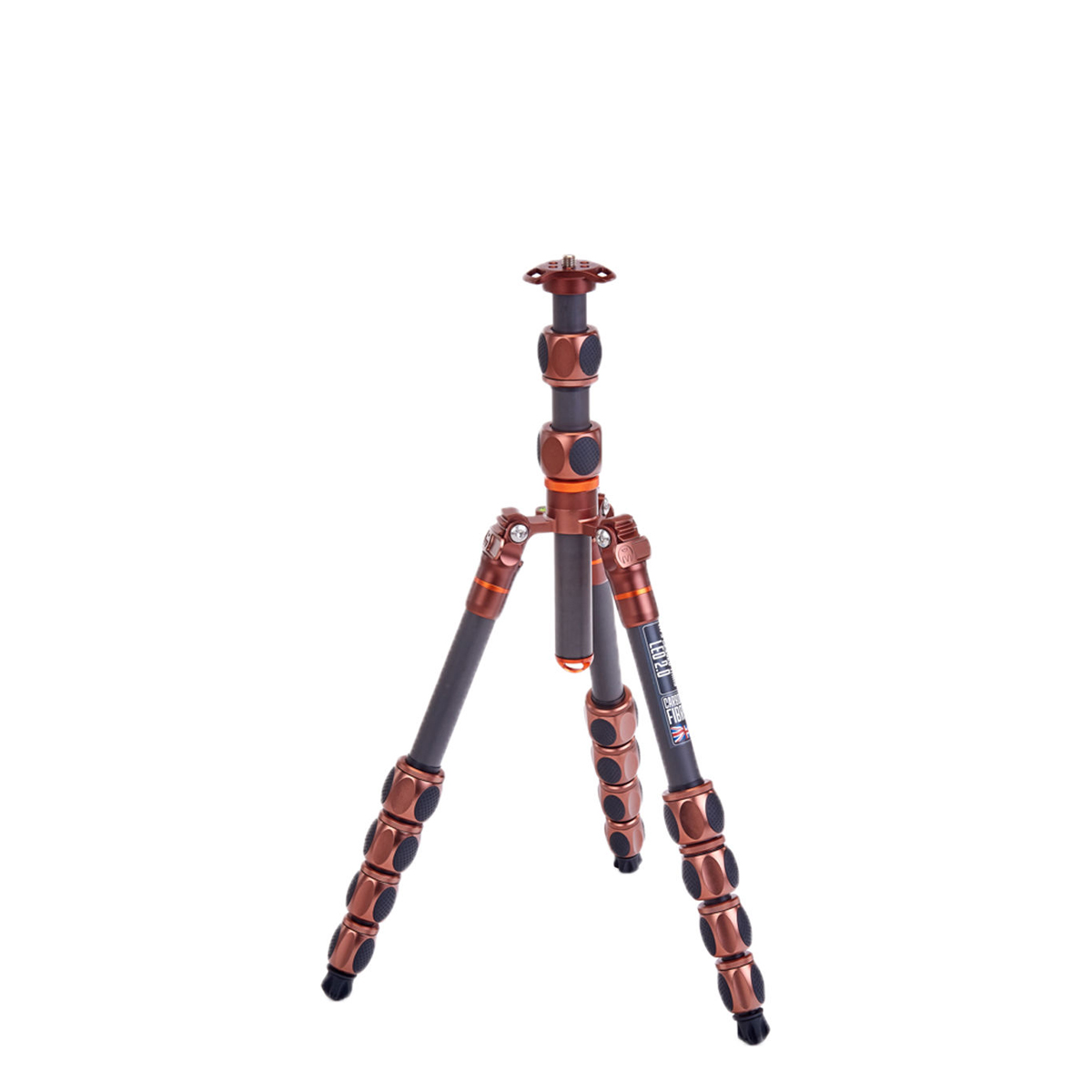
Folding down to only 37cm in length, this is a travel tripod that can bear heavy loads, with great engineering giving it a quality feel.
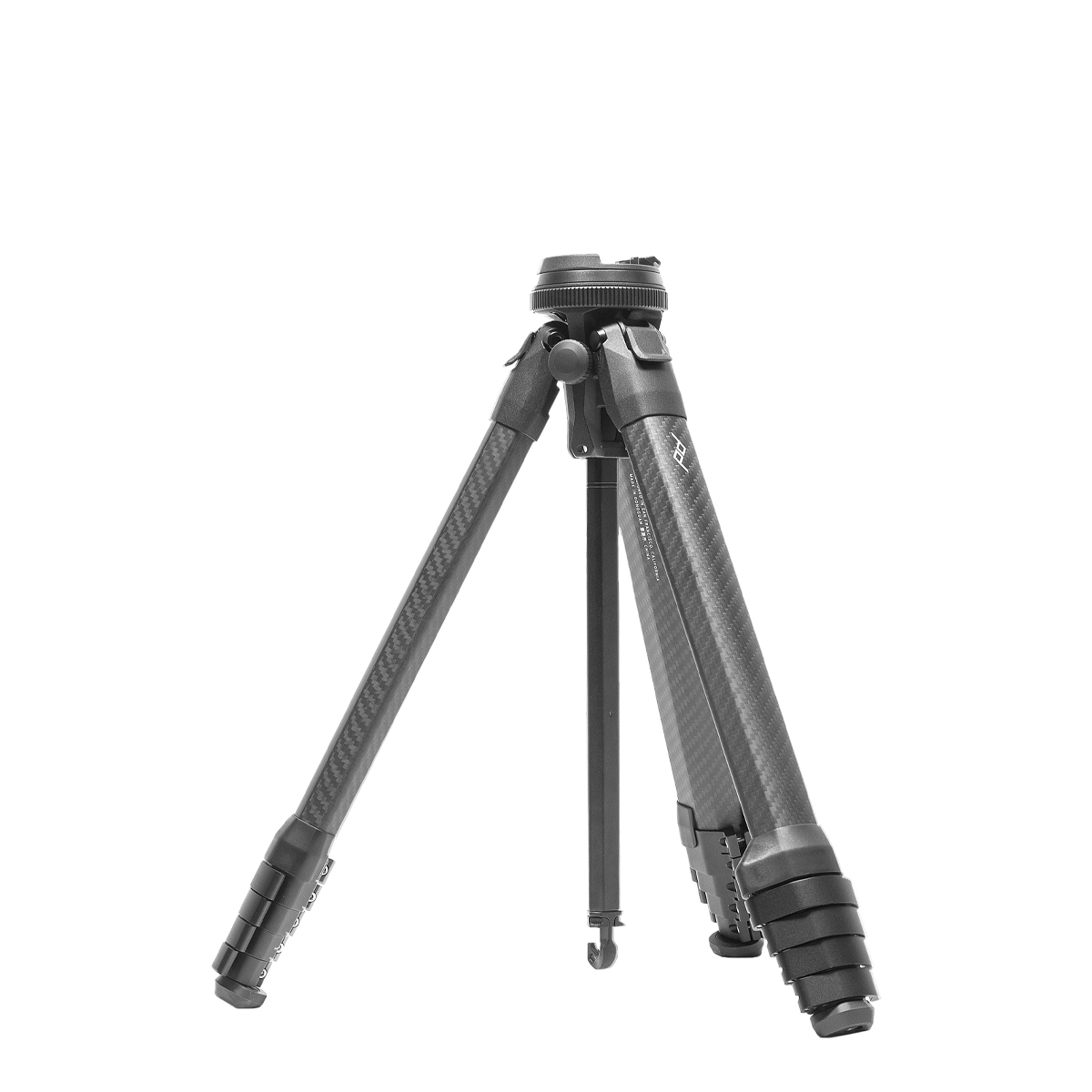
Peak Design only makes one tripod, but it’s a doozy, with a super-compact design, a sturdy feel and a classy ball head.
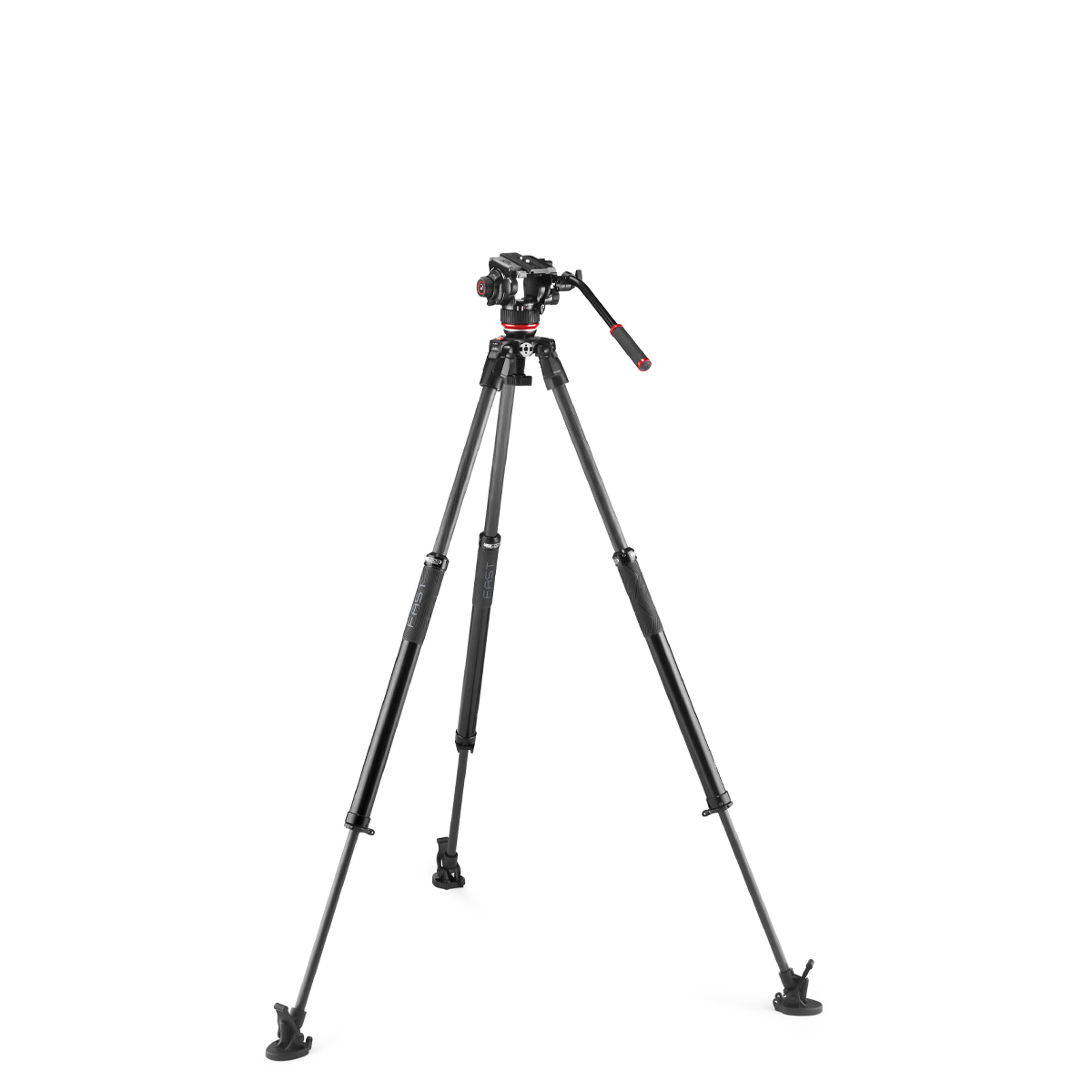
You can add a professional cine camera to this robust tripod, and enjoy the super-smooth panning and tilting from the excellent head.
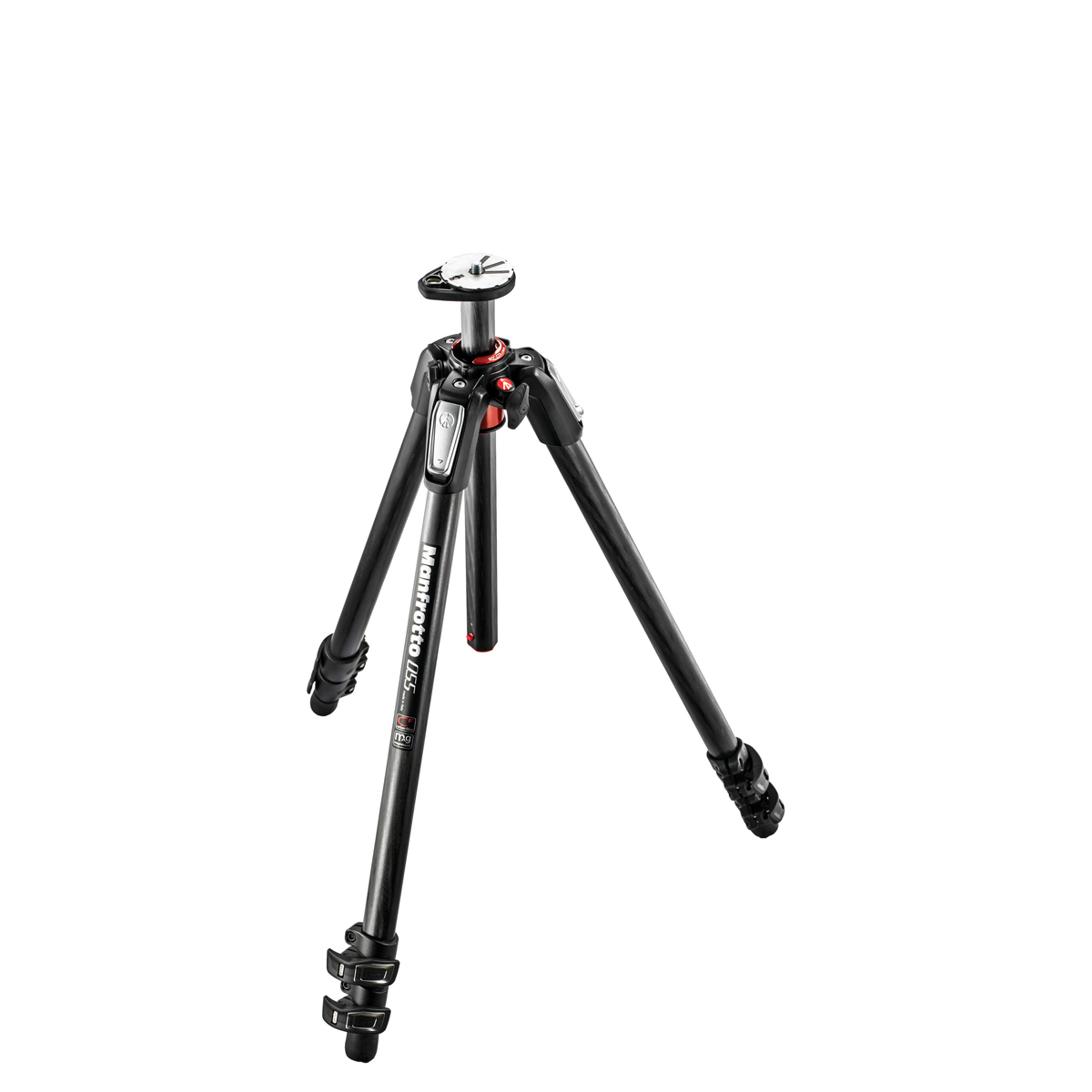
Everything from the leg locks to the pivoting center column is designed to be as simple to use as possible, and it’s nice and stable too.
View the full list ⤵
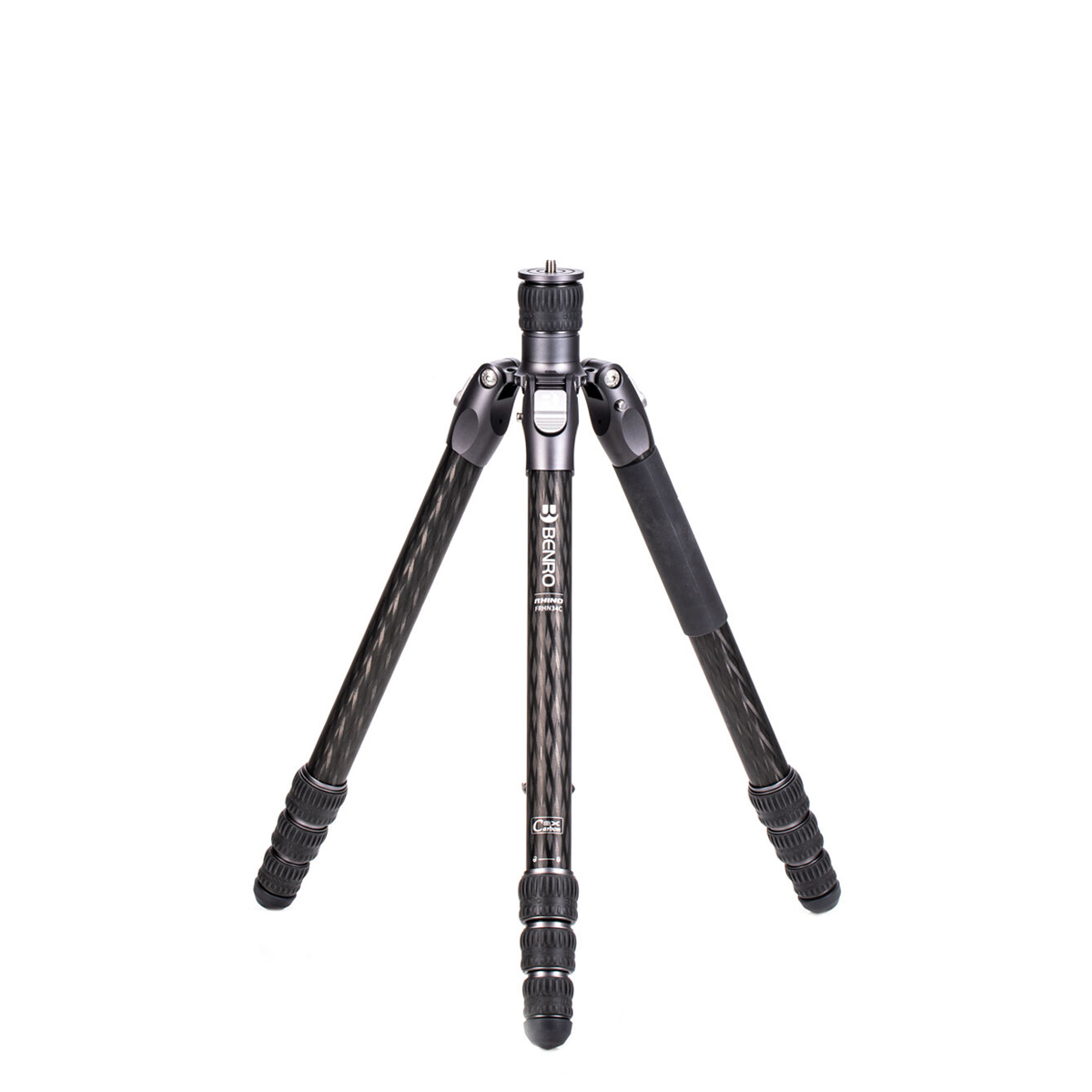
The clue’s in the name. The Rhino is made from braided carbon fiber to maintain strength in use while keeping the weight down.
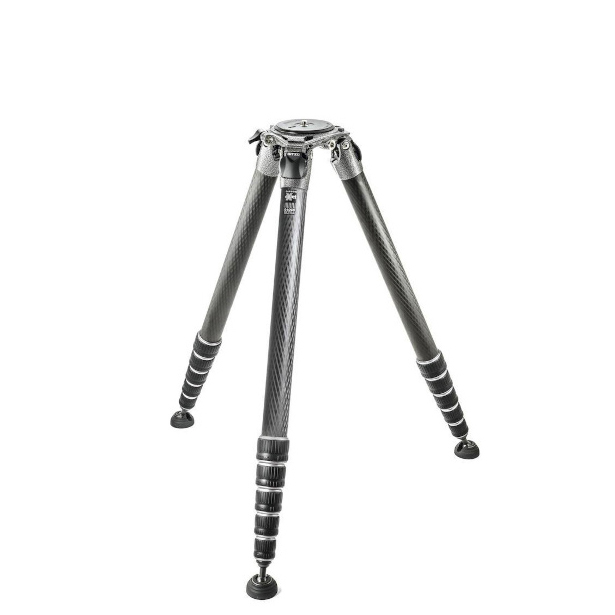
If you need to shoot from lofty heights, this extends to a towering 2.78m – and that's without a center column.
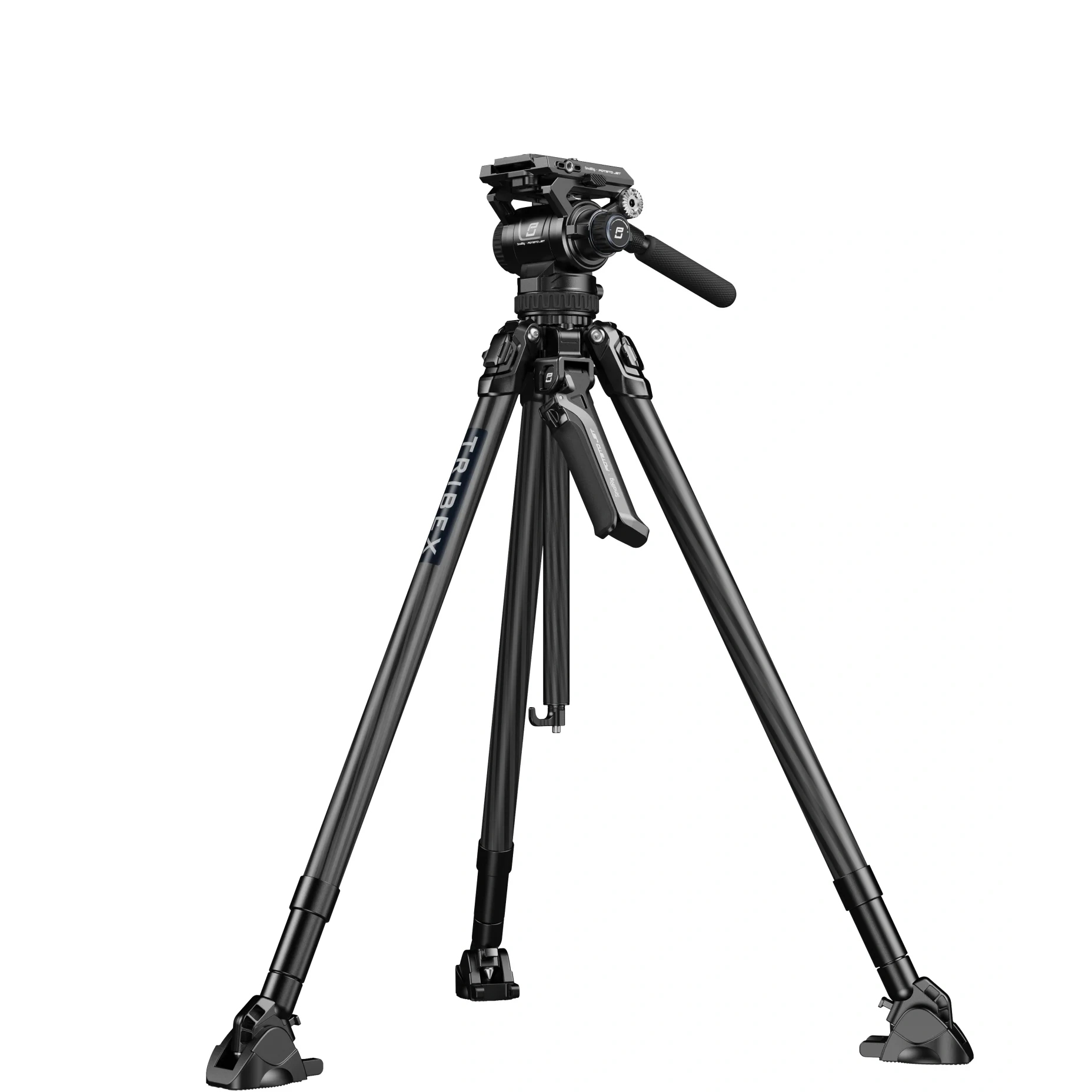
This video-centric tripod uses a clever hydraulic system to make leveling a one-handed affair.
Best carbon fiber tripods
Why you can trust Digital Camera World
Most versatile carbon fiber tripod
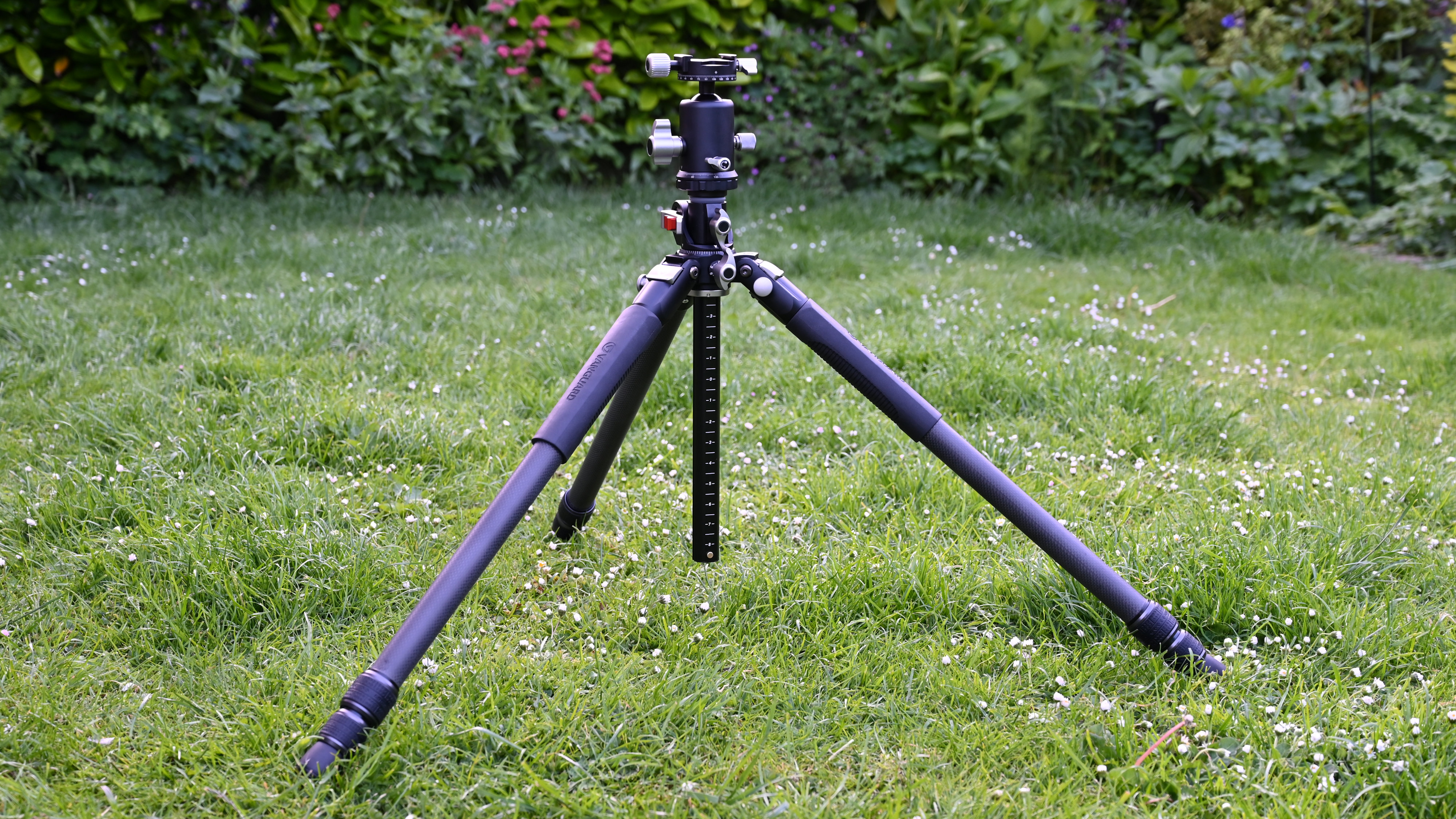
Specifications
Reasons to buy
Reasons to avoid
With so many knobs, this doesn’t look at first glance like an easy tripod to use, but it’s actually pretty intutive to set up – and it gets better from there.
This is a tripod that ticks all the boxes. It can take a heavy load (up to 25kg), it’s tall and proved to be extremely sturdy during our testing, and all for a reasonable price. You can pivot the center column when you want to shoot low, perhaps for macro.
If compact storage is important to you, there are other tripods that reach similar heights but fold down much smaller. But if you want a tripod that can cope with virtually any shooting situation, this is a strong choice.
Read our full Vanguard VEO 3+ 303CBS review
Best multi-purpose carbon fiber tripod

Specifications
Reasons to buy
Reasons to avoid
Carbon fiber tripods usually fall into one of two categories – big full-height tripods or travel tripods. From 3 Legged Thing’s Pro 2.0 range, the Winston 2.0 is a full-height tripod that reaches a towering 194cm / 76.4” maximum operating height, complete with a super-strong 40g / 88lbs load rating, and that includes its rock-steady AirHed Pro ball head that comes in the complete kit, all wrapped up in a high-quality padded carrying case. And carrying is actually simplified by the Winston taking a leaf out of travel tripod design. The legs swing up and surround the extended center column, enabling it to fold down to just 61.2cm / 24” in length.
Naturally, it can sometimes be just as important to be able to shoot from a really low level instead from up on high. The tripod obliges, as you can remove the center column and attach the head direct to the legs, which splay out to enable a minimum operating height of just 23.1cm / 9.09”.
In many recent tripods, you can remove one leg and attach it to the center column to act as a monopod. The Winston goes one (or two) better in that you can remove all the legs. As well as monopod duty, this enables you to fit optional Vanz dual ball/spiked feet (sold separately as an optional extra) and turn the Winston 2.0 into a sturdy tabletop-tripod. Other footwear is also available, to suit pretty much any kind of terrain.
Read our full 3 Legged Thing Winston 2.0 tripod review
Best travel carbon fiber tripod
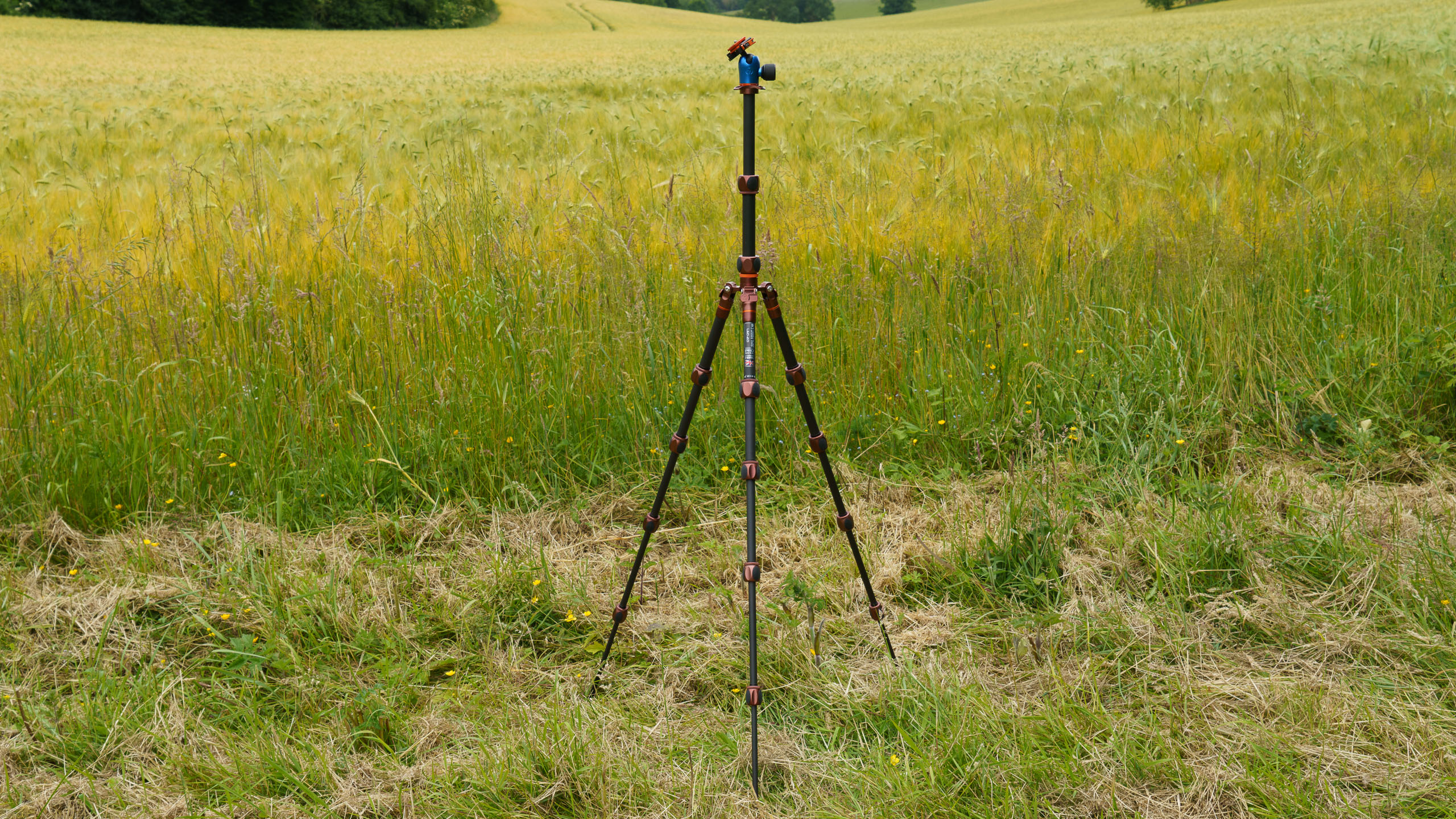
Specifications
Reasons to buy
Reasons to avoid
Made with the level of attention to quality that 3 Legged Thing is known for, the Leo 2.0 is an all-around excellent travel tripod. It's capable of supporting up to 30kg, which is much more than you're ever going to need, giving you peace of mind that your setup is never going to overwhelm it. It also packs down impressively short, to just 37cm – though it's worth being aware that the somewhat chunky legs mean it'll take up a fair amount of space in a bag or case.
I found the tripod performed well across the board. The AirHed Pro it's supplied with is a cut above most kit heads, and while this may sound strange, I was also very impressed with the bag it comes with, which is once again a cut above the kind that most travel tripods get supplied with. This is an all-around high-quality carbon fiber tripod – its metal parts all look and feel premium, with top-notch machining.
Read our full 3 Legged Thing Leo 2.0 + AirHead Pro review
Best premium travel carbon fiber tripod
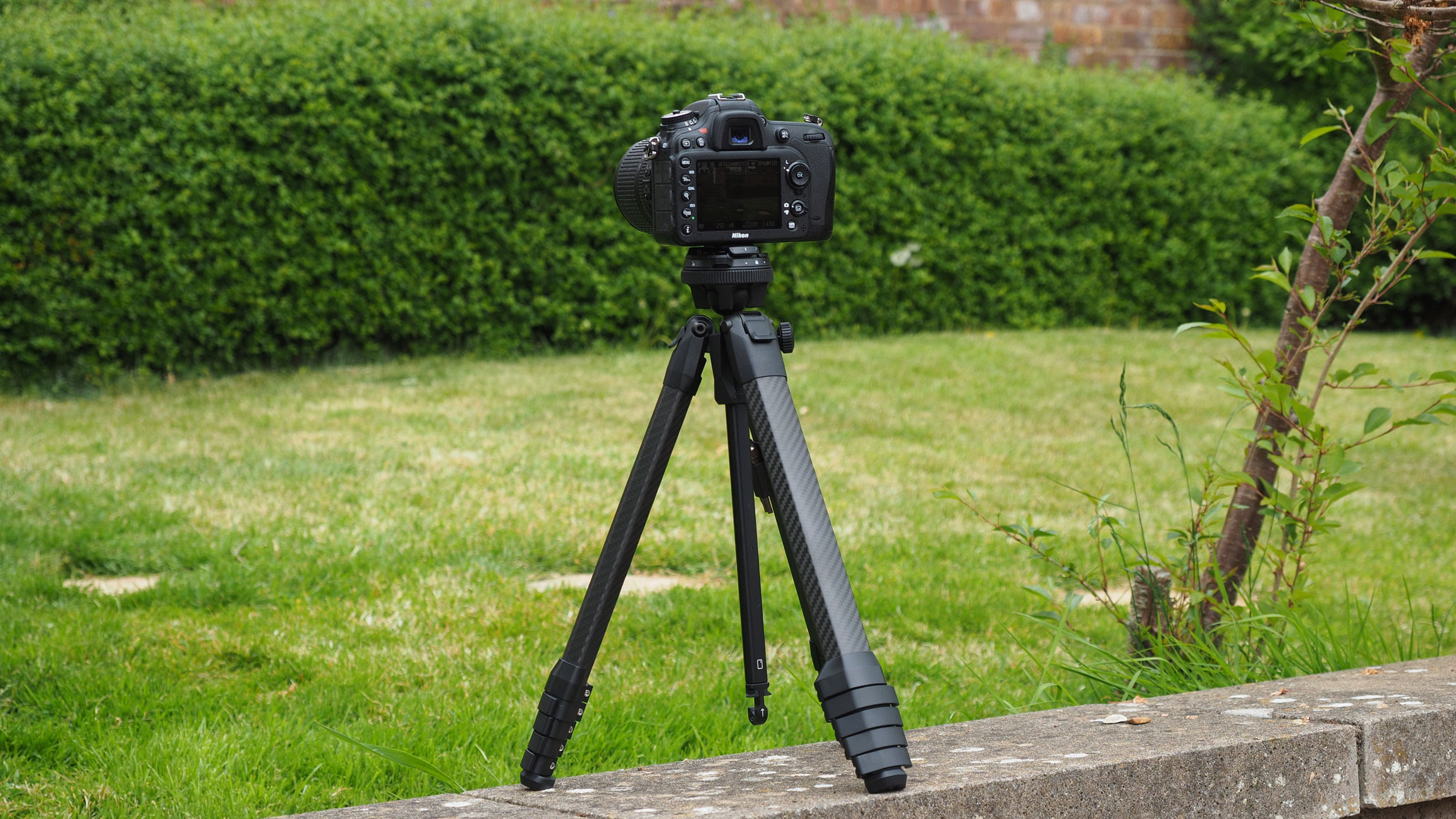
Specifications
Reasons to buy
Reasons to avoid
This is the first tripod Peak Design (best-known for its camera bags) has made – and considering the carbon fiber version is one of the most expensive travel tripods around, it needs to be good. And it is. The low-profile ball head is quite simple but well-made, the overall rigidity is excellent, and it reaches to a good height.
Perhaps the nicest touch is the attention Peak Design has paid to how the tripod folds down. There’s very little ‘dead volume’ between the center column and the legs, so not only is the folded tripod short (just 39cm), it’s also slim enough to go inside a camera bag, while most tripods have to strap to the outside.
There is a much less expensive aluminum version available, with the same design features but slightly less resistance to vibration.
Read our full Peak Design Travel Tripod review
Best carbon fiber tripod for video
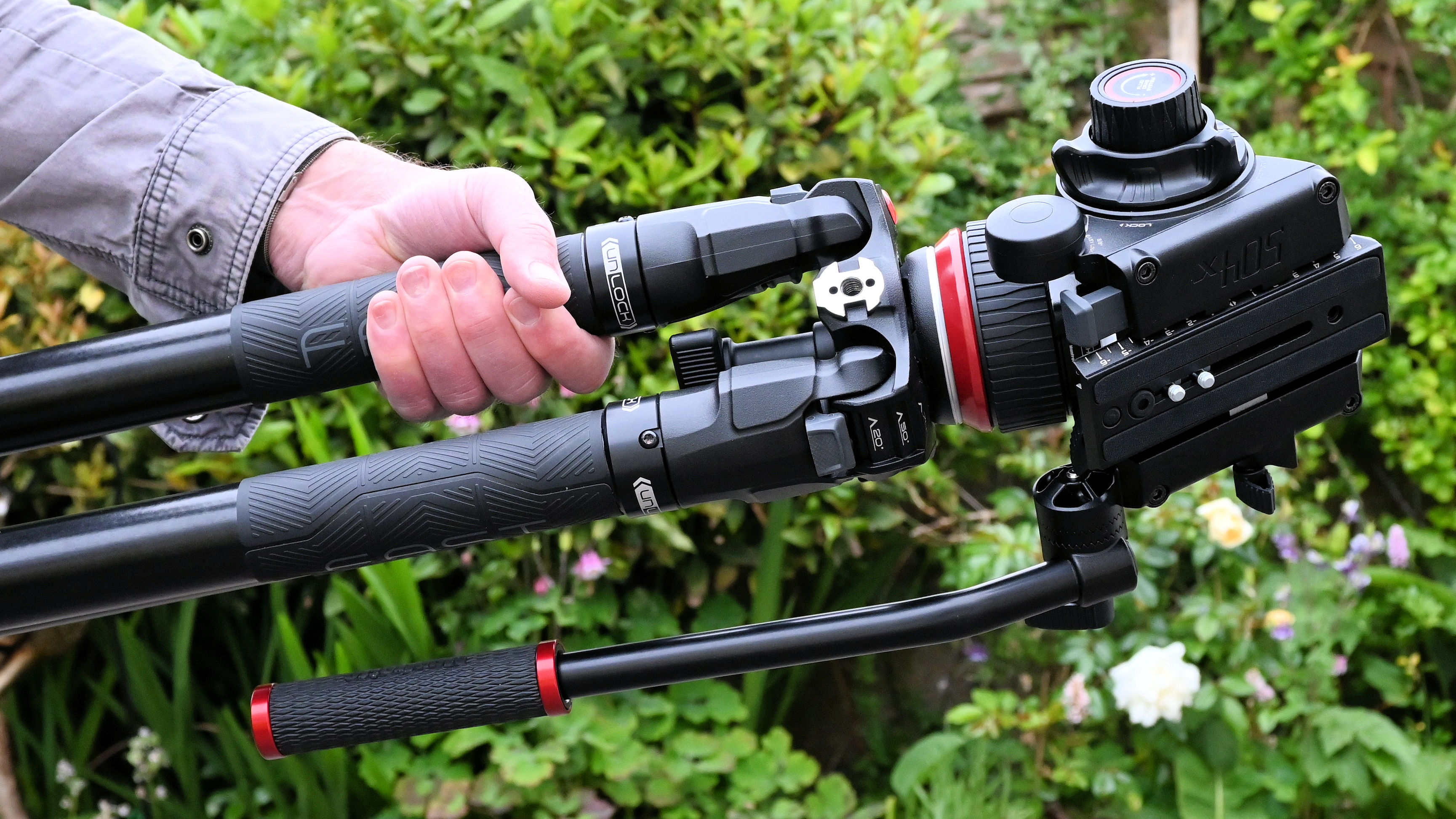
Specifications
Reasons to buy
Reasons to avoid
Built to an exceptional standard, this tripod kit is made with professional-grade video in mind. It’s robust enough to take a specialist cine camera or a pro-level full-frame camera, and gives rock-solid support. In my testing, I was delighted with the ease of setup, with single-twist legs making adjustments a breeze.
The head supplied in this kit is a work of art, with beautifully smooth pan and tilt, and adjustable drag to choose the degree of friction you want. This isn’t a cheap kit, but the fluid filming experience it delivers easily justifies the cost.
Read our full Manfrotto 504X 635 Fast Single Leg Carbon review
Best easy-setup carbon fiber tripod
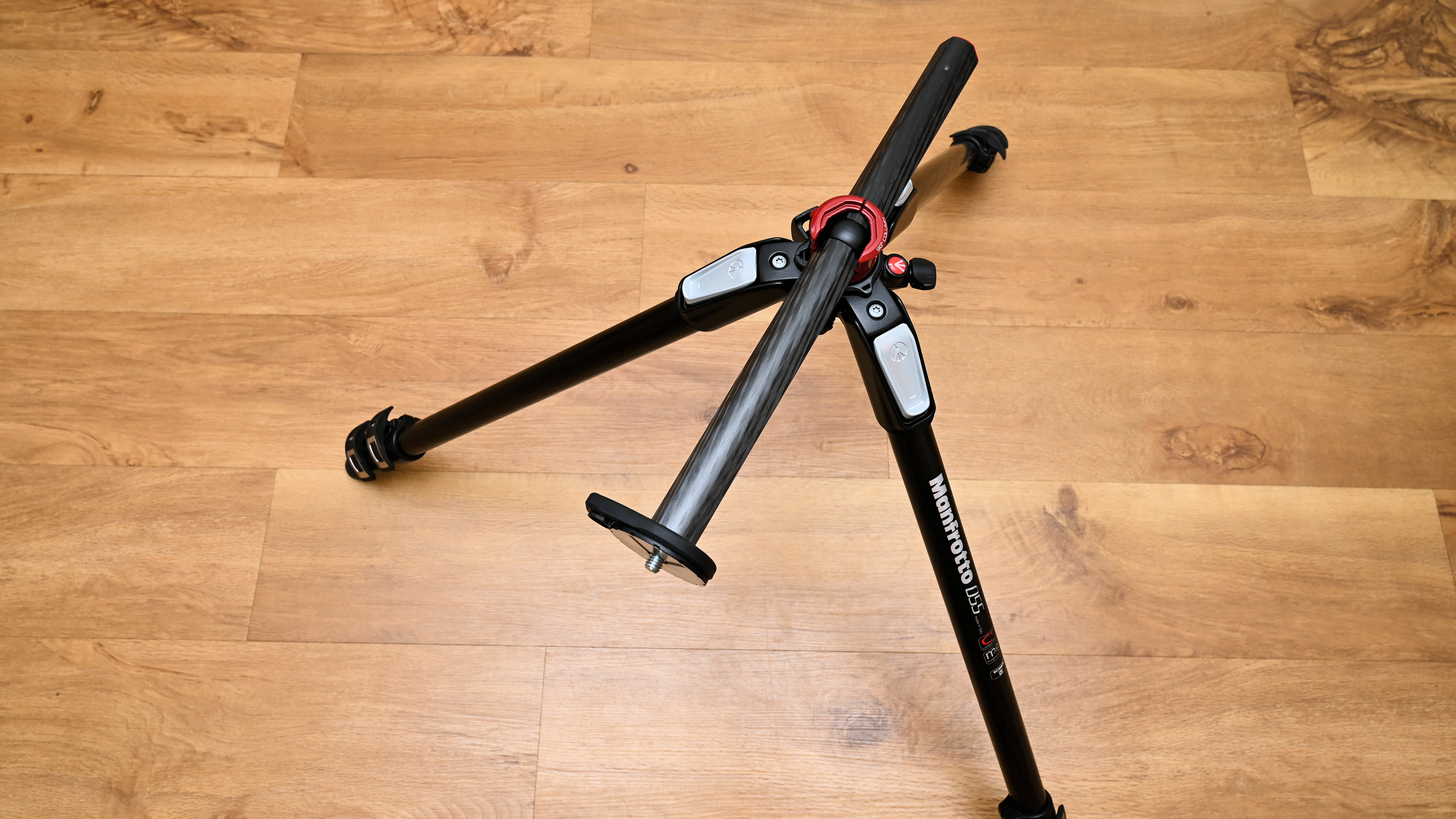
Specifications
Reasons to buy
Reasons to avoid
The carbon fiber version of Manfrotto's 055 tripod, the Manfrotto MT055CXPRO3 is designed to marry superior stability with smooth operation. Its redesigned center column can pivot 90 degrees easily, with redesigned ‘one-finger’ operation that makes the whole enterprise easier than ever to set up. Its legs are secured by new Quick Power Locks that provide 50% more rigidity compared to its predecessor, and each leg can be positioned independently.
A bubble level has been set into the top of the center column, rotating freely around it so you can always position it somewhere you can see it. This allows you to get your horizons straighter than straight. What's more, the Easy Link connector at the top supports the attachment of additional accessories like video monitors or extra lights, further expanding the tripod's utility for a broad swathe of users.
Read our full Manfrotto MT055CXPRO3 review
Best tough carbon fiber tripod
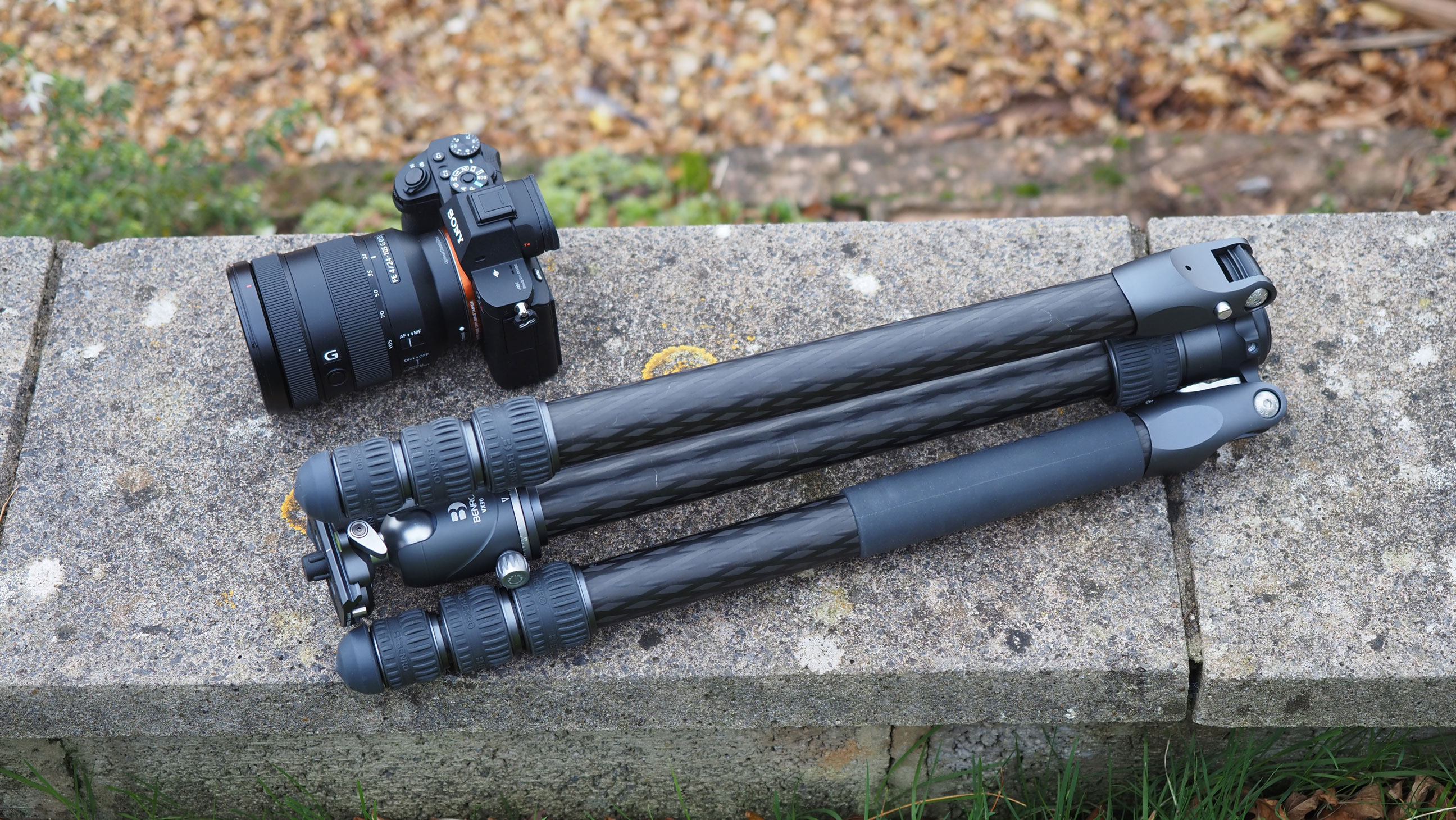
Specifications
Reasons to buy
Reasons to avoid
Benro Rhino tripods are designed to be as sturdy and hefty as their name implies. This model, the catchily named FRHN34CVX30, is able to support a whopping 20kg of camera kit, making it more than equipped for even the most extravagant of photo or video setups.
It's all down to the build, which uses braided carbon fiber tubing to keep the weight down without compromising on strength. The tripod packs away pleasingly small, with reverse-folding legs that flip up to surround the head when they're not being used. It's also easy to attach an extra accessory arm for a smartphone or video monitor, further expanding your shooting options.
This tripod also comes bundled with one of Benro's VX ball heads, which have been specifically designed to complement the Rhino range. In real terms, this means that they are also strong and lightweight, but there are a few extra features as well, such as the redesigned quick-release plate with a safety catch to prevent calamity resulting from accidentally releasing the camera. All in all, it adds up to an impressive, high-quality setup for pretty much any camera user.
Read our full Benro Rhino FRHN34CVX30 review
Best tall carbon fiber tripod
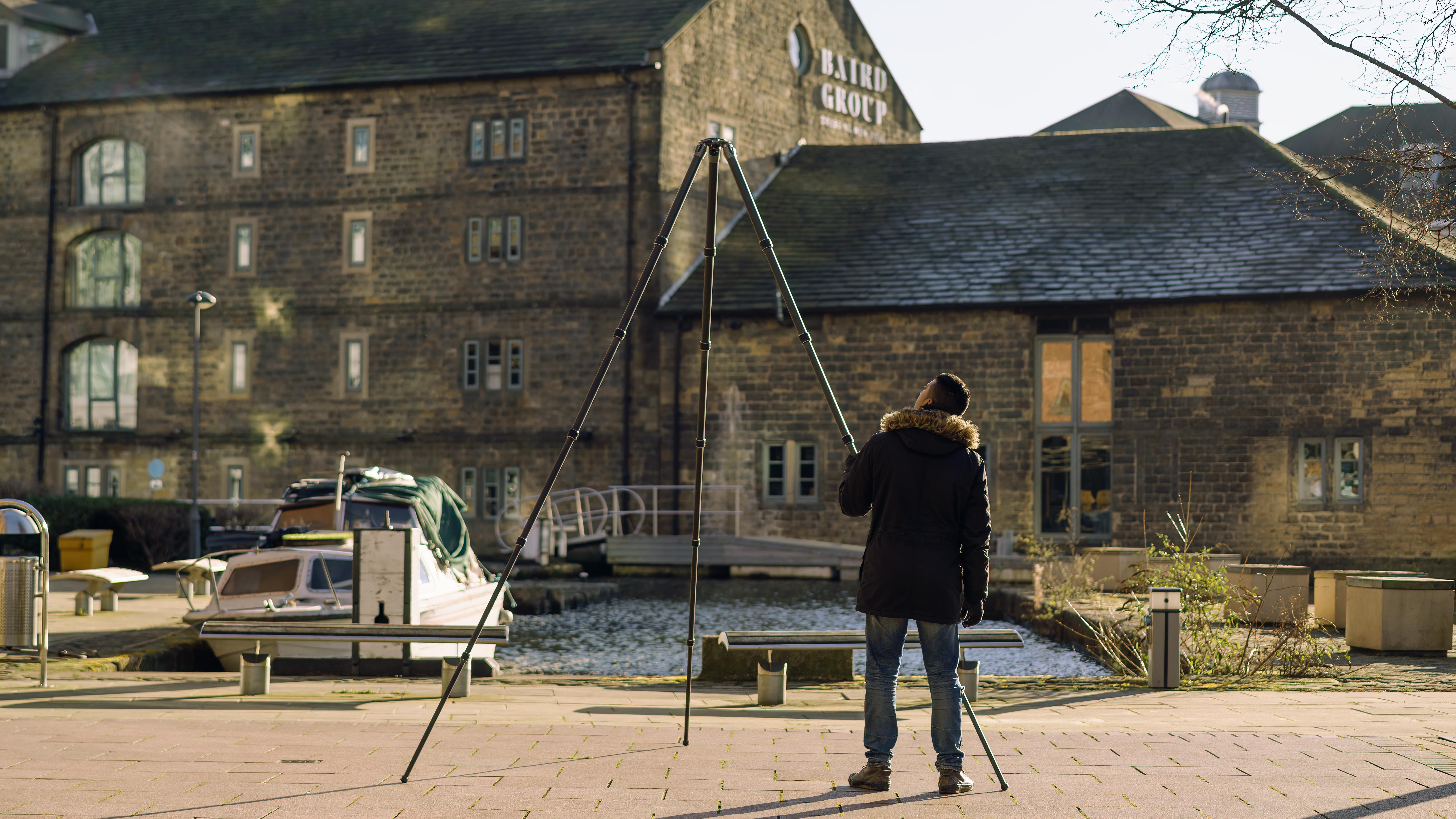
Specifications
Reasons to buy
Reasons to avoid
If you need height above all else, need a tripod that grazes the sky... OK, we're getting carried away, but the point is that the Gitzo GT5563GS is extremely tall. But it's versatile too; not only can it reach 278cm, but can also be set to a minimum working height as low as 10cm.
As you might imagine, this gives you loads of shooting flexibility, and while setting up the tripod at its maximum height is quite a physical challenge, it can be really useful in fields like architectural photography.
Of course, all that carbon fiber doesn't come cheap. This is only a tripod you'll consider buying if you absolutely need to shoot at the extremely lofty heights on offer. However, if that's the case, you'll find the Gitzo GT5563GS to be a highly dependable workhorse tripod.
Read our full Gitzo GT5563GS Systematic Series 5 Carbon Fiber Tripod review
Easiest to level carbon fiber tripod
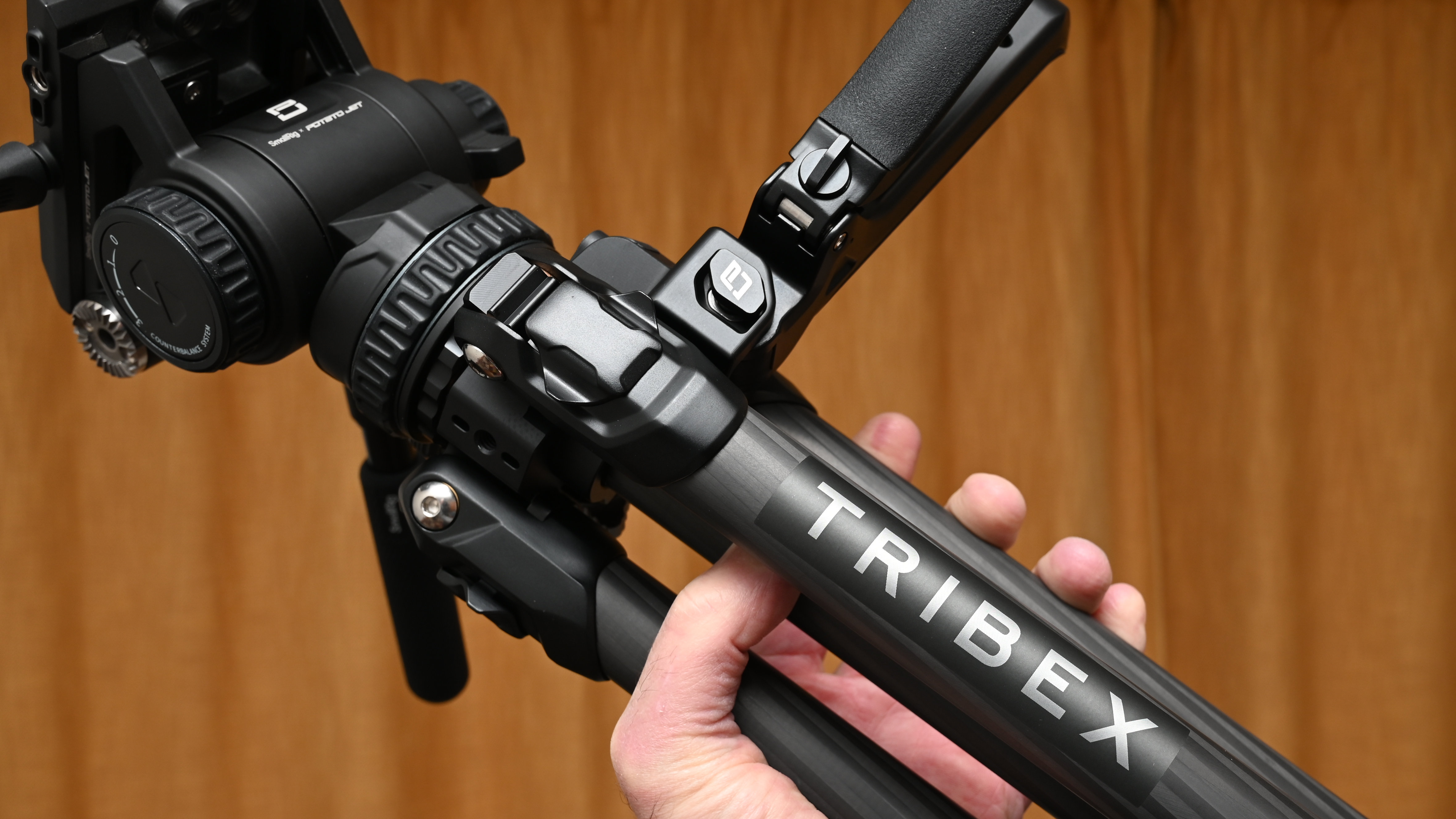
Specifications
Reasons to buy
Reasons to avoid
This video-centric carbon fiber tripod is a collaboration between SmallRig and American YouTuber and videographer Potato Jet, on a quest to create his ideal tripod. Its main USP is that rather than having a series of locking clamps for the individual leg sections, it uses a hydraulic system that releases and locks all the leg locks simultaneously. The idea is that you can get a perfectly level shooting platform simply by releasing a lever to lock all the legs in place once the tripod head is level, rather than individually fiddling with leg locks, which can be extremely time-consuming to get right. It thus removes the necessity of a half-bowl or other leveling device between the tripod legs and head.
I like that the SmallRig x Potato Jet TRIBEX Hydraulic Carbon Fiber Tripod Kit is fairly quick and easy to set up for a video tripod and that it’s easily manageable to carry around. However, while the hydraulic design makes leveling speedy, it takes a couple of seconds to fully lock in place and can, therefore, be a little lacking in precision compared with conventional video tripods.
Read our full SmallRig x Potato Jet TRIBEX Hydraulic Carbon Fiber Tripod Kit review
Aluminum vs Carbon Fiber
Aluminum tripods are created from an aluminum alloy, and while not the strongest metal available, it is relatively strong for its weight. It also has the benefit of being fairly malleable, meaning that if you manage to damage it via impact, it will more likely become bent rather than completely broken, and therefore still be usable.
Carbon fiber in a composite material in which strings of carbon atoms are set in a plastic resin, and have a very high strength-to-weight ratio, meaning that tripods made from the material are much lighter to carry. However, while tougher than aluminum, if it suffers from a sudden impact its greater rigidity means it’s prone to cracking or shattering – in cold weather or when dropped onto a hard surface. So carbon fiber tripods need to be used with more care than aluminum ones.
Carbon fiber tripods are touted as stronger and lighter than their metallic counterparts. When we refer to tripod ‘strength’ we’re essentially talking about stiffness – resistance to compression when a load is placed on top. Stiffness is measured in gigapascals (GPa), and aluminum scores 69 compared to around 181 for carbon fiber. So, for the same diameter tripod leg, carbon fiber is much stronger, and because the material is less dense, it’s far lighter, too (although you should note there are different grades of carbon fiber).
Metal is a better thermal conductor than carbon fiber – which is bad news in cold weather as aluminum tripods will be incredibly cold to the touch – too cold to handle without gloves. Carbon fiber tripods are warmer to the touch, which landscape photographers will appreciate. Many aluminum tripods have a foam covering on a top leg section, but this further adds to the bulk, and you’ll still need gloves to set up the tripod.
How to choose
Although all tripods have three legs, there are lots of features to pick different models apart. These are some of the key features to consider when picking the right one for you:
Maximum height
A tripod that can at least reach up to your own head height is useful – but it can make the tripod bigger and heavier, so you may need to compromise on this.
Minimum height
How low can you go, when photographing a subject? Some tripods allow its legs to stretch out sideways, or to reverse the column so the head is suspended between the legs, to get you close to the ground. This is particularly useful, say, when photographing flowers.
Folded size
The size of the tripod when folded is important for travel. Some tripod legs have more sections than others, to help keep the tripod compact when not in use. Some have swing-up legs, so the feet encircle the head.
Heads
Some tripods are sold with a head, and others are not – to allow you to choose the legs and head separately. Most tripod kits are sold with a ball head.
Leg section clamps
Twist-action locking clamps are generally more popular for loosening and locking the leg sections, but the Manfrotto 055 uses equally effective flip locks.
Monopod option
With some tripods, you can unscrew one leg and use it with the center column as a monopod.
Pivot facility
Some tripods have a center column that pivots to allow you to have the camera pointing straight down to the ground – useful for flat-lay photography, and more.
How we test tripods
When we test carbon fiber tripods for review we take note of the manufacturers' specifications for payload, working height and folded length, and carry out our own subjective assessment of rigidity, stability, ease of use and design to see how the tripod measures up. Over the years, we've tested many, many tripods, either for standalone reviews, for group tests, or while working on tutorial or how-to articles, so by now we know exactly what we're looking for and which features count most.
Read more about how we test and review on Digital Camera World
Get the Digital Camera World Newsletter
The best camera deals, reviews, product advice, and unmissable photography news, direct to your inbox!
Matthew Richards is a photographer and journalist who has spent years using and reviewing all manner of photo gear. He is Digital Camera World's principal lens reviewer – and has tested more primes and zooms than most people have had hot dinners!
His expertise with equipment doesn’t end there, though. He is also an encyclopedia when it comes to all manner of cameras, camera holsters and bags, flashguns, tripods and heads, printers, papers and inks, and just about anything imaging-related.
In an earlier life he was a broadcast engineer at the BBC, as well as a former editor of PC Guide.
- Adam WaringGuides Editor
